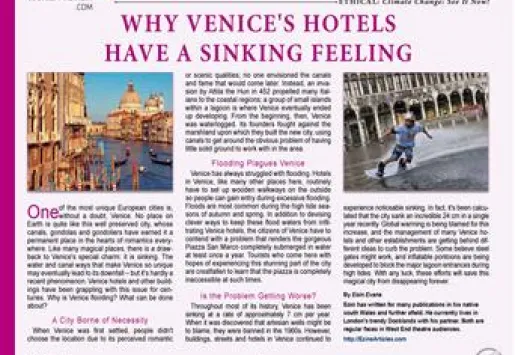
New tourism rules for Venice are set to debut during the peak season. Starting August 1st, the city's safety regulations will limit the number of tourists in organized groups. The Italian Federation of Travel and Tourism Associations, Fiavet-Confcommercio, has expressed concerns about this change.
The president of Fiavet-Confcommercio, Giuseppe Ciminnisi, is deeply disappointed with the decision of the Venetian administration to impose limitations on the number of tourists and guides in the historic center of Venice and on the islands of Burano, Murano, and Torcello. This decision, which restricts groups to up to 25 people, has been made amid the high tourist season, causing significant inconvenience to businesses such as travel agencies and tour operators. The president strongly believes that the administration's failure to adequately consult trade associations before implementing the measure is a major oversight.
Ciminnisi points out that this limitation will increase costs by requiring two guides for larger groups. It will also restrict tourists' travel times, impacting their experience of the visited places. Furthermore, Fiavet-Confcommercio is concerned that the resolution might increase irregular work as finding authorized guides becomes more challenging.
Implementing the pre-established programs would pose a significant challenge if a single guide had to accommodate two groups of 25 people on the same bus, leading to extended wait times. This would create substantial financial difficulties for the operator, who would have to reimburse the unused excursion. President Fiavet clarifies that they do not oppose the Venetian regulation itself. However, the sudden implementation during the high season disrupts the plans of many organized tourism companies. Fiavet insists that similar resolutions should be made with consideration for input and collaboration.












